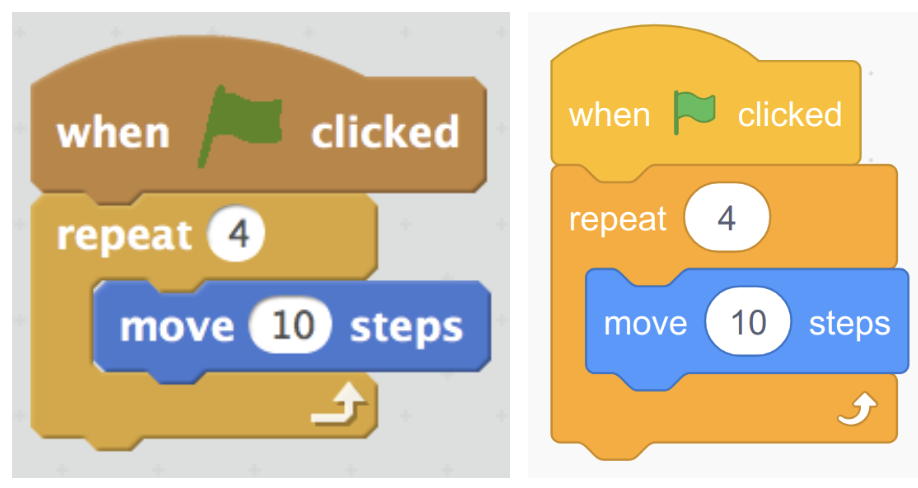It has been over eight years since we started work on Blockly, an open source library for building drag-and-drop block coding apps. In that time, the team has grown from a single developer to a small team and a large community. Blockly is now a standard in the CS education space, used by Scratch, MakeCode, AppInventor, and hundreds of other developers to enable tens of millions of kids around the world to create and express themselves with code.
The work we do on Blockly wouldn't be possible without the many folks who contribute back with code, suggestions, and support on the forums. As such, we were very excited to welcome around 30 members of the Blockly open source community to our second annual Blockly User Summit and to be able to make all of the talks available online!
The summit spanned two days in October and included 16 talks, over half of which were given by external contributors, and a Q&A with the Blockly team. The talks covered everything from Blockly's brand new rendering framework and building custom fields to explorations in performance and debugging block code. Check out the full playlist.
We also held a hackathon on the second day of the summit, with quick start guides for using our new rendering and accessibility APIs. If you're new to Blockly and you'd like a good starting point, take a look at our CodeLab and if you build your own cool demo let us know on our forums.
By Erik Pasternak, Kids Coding Team



